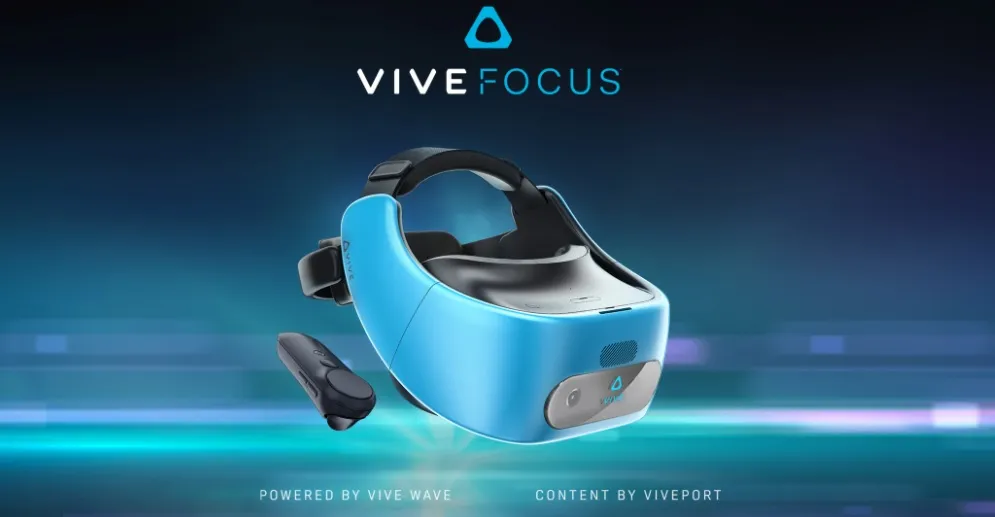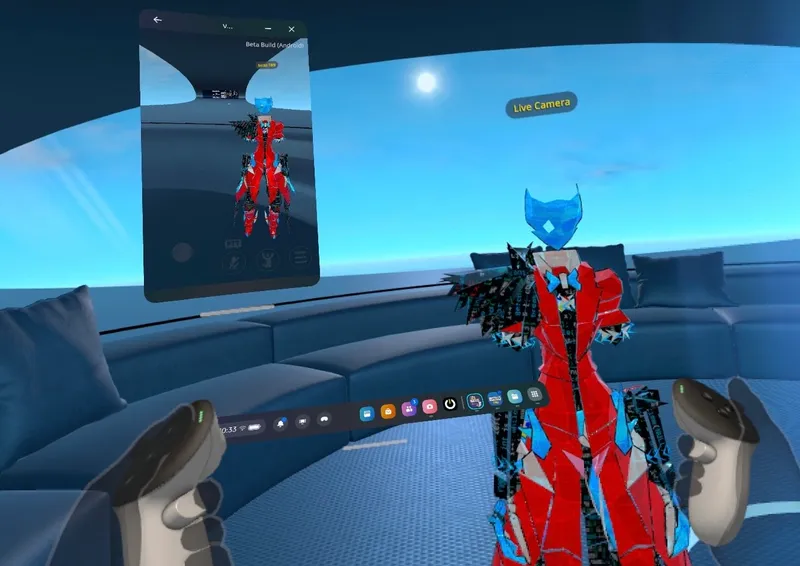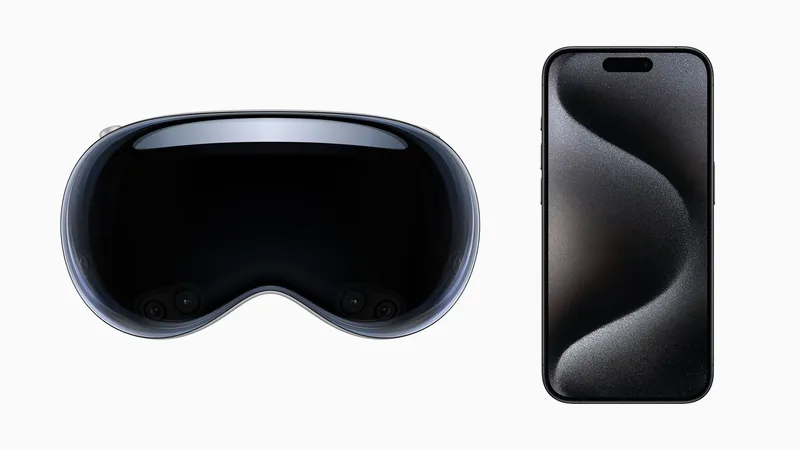Last week HTC Vive launched the Focus. The Focus was the company’s much awaited standalone VR headset that was supposed to be the first Daydream standalone headset. Everyone expected HTC Vive would launch in China first and then come to the US market later in 2017 or possibly 2018.
As far back as May of this year, that was the expectation and came as an announcement from Google themselves. This was reaffirmed in July that it would be a Chinese product first but without any suggestion that it might no longer be a Daydream headset outside of China. We even knew it would be called the Focus as far back as September and everyone was still under the impression that it was going to be a Daydream headset. And then HTC had their HTC Vive Focus launch event and the device was suddenly not coming to the US.
Both companies put forward weak explanations for what happened. Here’s the official statement:
HTC has confirmed they will not be releasing a standalone device for Daydream. We have a great working relationship with them and will continue to work together closely to bring great VR experiences to users moving forward.
I have a feeling that both HTC and Google are partly to blame for this and in the process they hurt the trust that the VR community has in both companies, including the developers who were preparing to create software for these devices. If developers cannot trust the companies to be more forthcoming about the reasons why a device isn’t coming to market, those companies and that market stand to suffer.
VR is still a very fledgling market and there has been plenty of negativity spreading as it is already. Critically, Google is failing to build any kind of real momentum with Daydream. The issue with the standalone Daydream headsets is that they have very little chance of being successful unless smartphone-based Daydream VR takes off. You cannot convince people to go out and buy a standalone VR or AR headset that only does AR or VR without having a robust set of applications and user experience already figured out on smartphones. This is why we are seeing Facebook, Google and Apple all deploy on smartphones first. This means Daydream on smartphones needs to be successful from a volume and application quality standpoint for standalone Daydream VR to even have a fighting chance. Additionally, OEM diversity is necessary for any market to be successful and having Lenovo as Google’s only partner is not a good thing for standalone VR. Last time Google launched a platform with Lenovo was Project Tango. That didn’t go particularly well. Don’t get me wrong, I love the Lenovo Phab2 Pro and it is an awesome device, but you can’t just grow an entire market with a single device partner.
Google’s insistence on hardware requirements have killed them in the past, both with Daydream and Tango. With Tango, Google required OEMs to have a strict set of sensors and those sensors were what made the Tango experience great. However, burdening OEMs with those costs at such low volumes simply made the idea unpalatable and to this day only two phones ever shipped with Tango.
Daydream with smartphones is faced with a similar limitation that also dooms its short-term success. Daydream-compatible phones need to have high quality sensors too as well as an OLED display. While it makes sense to require an OLED display, that becomes another hardware barrier to entry and increases the cost for OEMs to implement Daydream on their devices. If it weren’t for the Galaxy S8 and Note8 getting Daydream, the number of Daydream devices shipping this year would likely be slightly bigger than the number of Google Pixels sold. Google seems to want to get better at hardware themselves through their acquisition of HTC’s Pixel engineering team, however I do not believe this will remedy Google’s problems in VR. I was very optimistic about Daydream VR when it initially launched, but I will admit that I was overly optimistic on my expectations and I was wrong.
Google seems to have a tendency of not understanding how hardware limitations might affect adoption. There’s also the possibility, however, that Google simply wouldn’t let HTC Vive launch their device with both Viveport and the Google Play store. HTC Vive’s decision to go for China first and launch with Viveport could have been the deciding factor in this.
One can’t really blame HTC Vive for going that route first. They have a much stronger following in China and less competition there, not to mention better brand recognition and more inroads with retailers. It may be possible the Oculus Go headset may have made building a standalone headset that might cost 2-3x the price of the Oculus Go unpalatable for HTC Vive. China is not a very friendly market for Facebook or Oculus — and even Valve’s Steam doesn’t have an official presence there. If HTC has a chance to take over a market and limit fragmentation, that may be the best course of action for the company.
Still, all of this simply doesn’t bode well for Google, HTC Vive or standalone VR. If Google fails with the Lenovo headset, which I suspect they might, they could cede the entire standalone VR market to Facebook and Oculus. This is a bad thing for Google because it puts Facebook and Oculus in control of a platform that virtually everyone is convinced is the next great computing platform after smartphones. There’s also the possibility, of course, that Microsoft could surprise us with a VR standalone sooner rather than later.
The limited statements from Google and HTC Vive regarding the disappearance of their standalone headset casts more doubt on the VR industry, and raises questions about both companies as trustworthy and reliable partners in mobile VR.


























